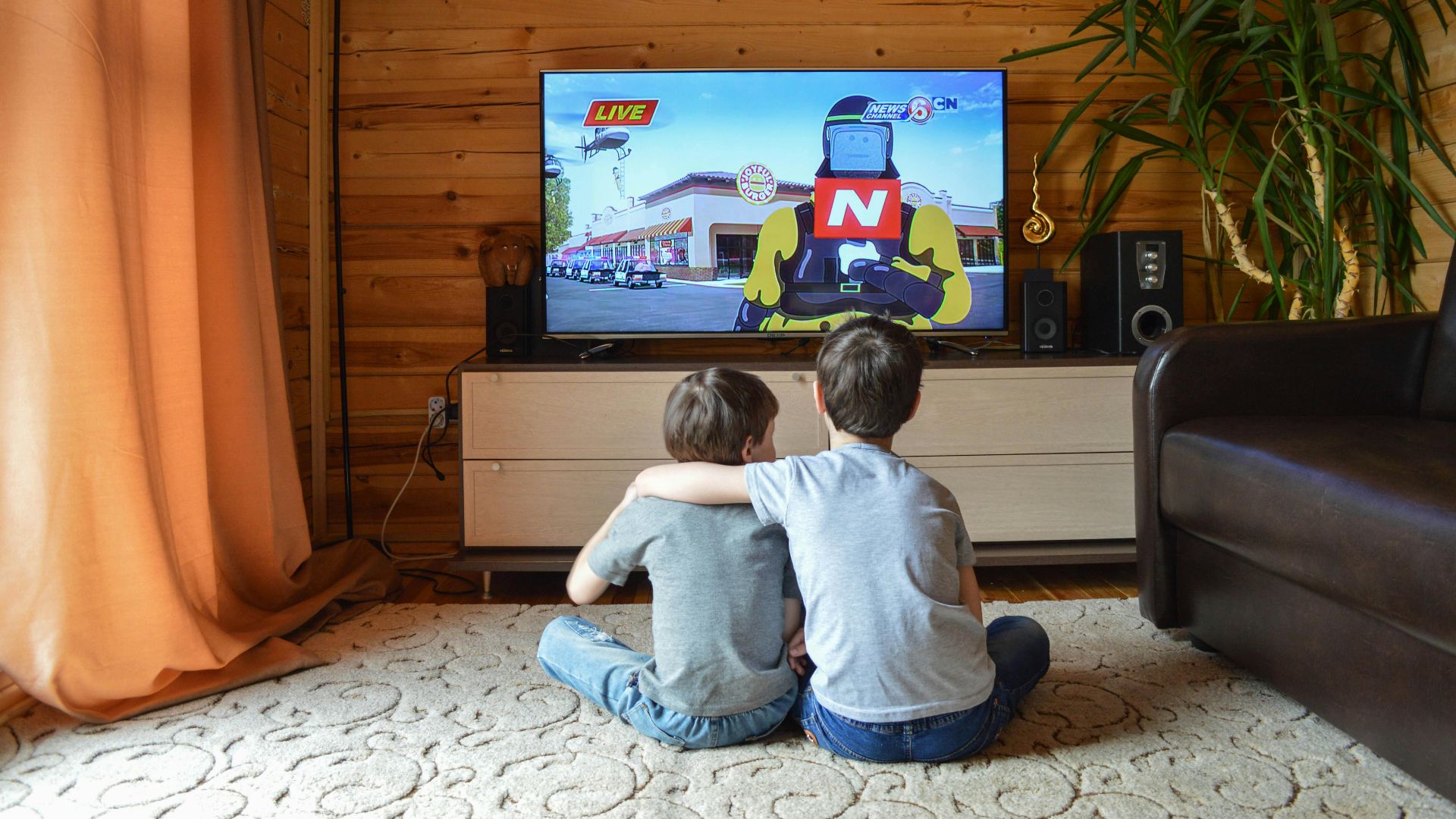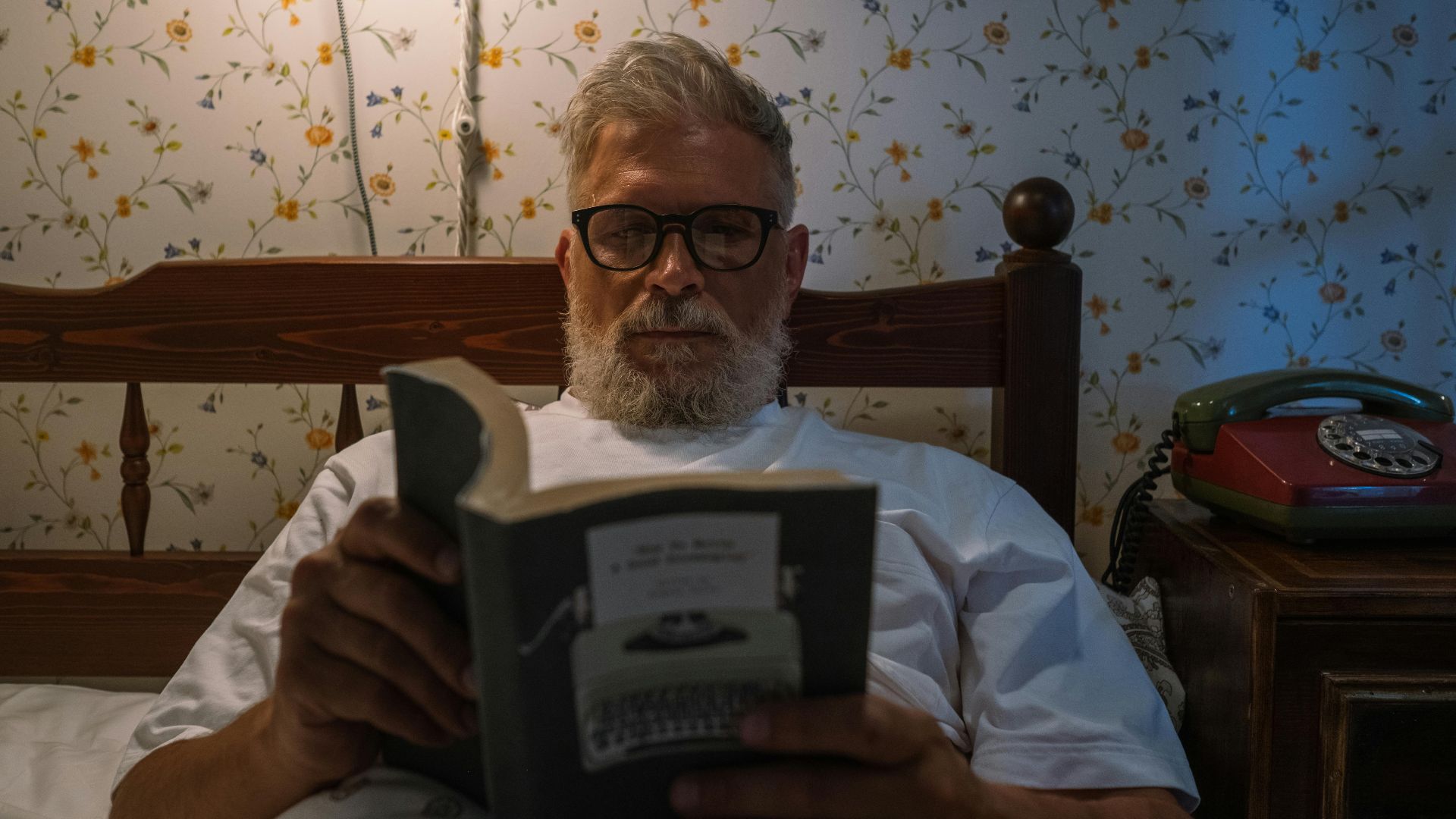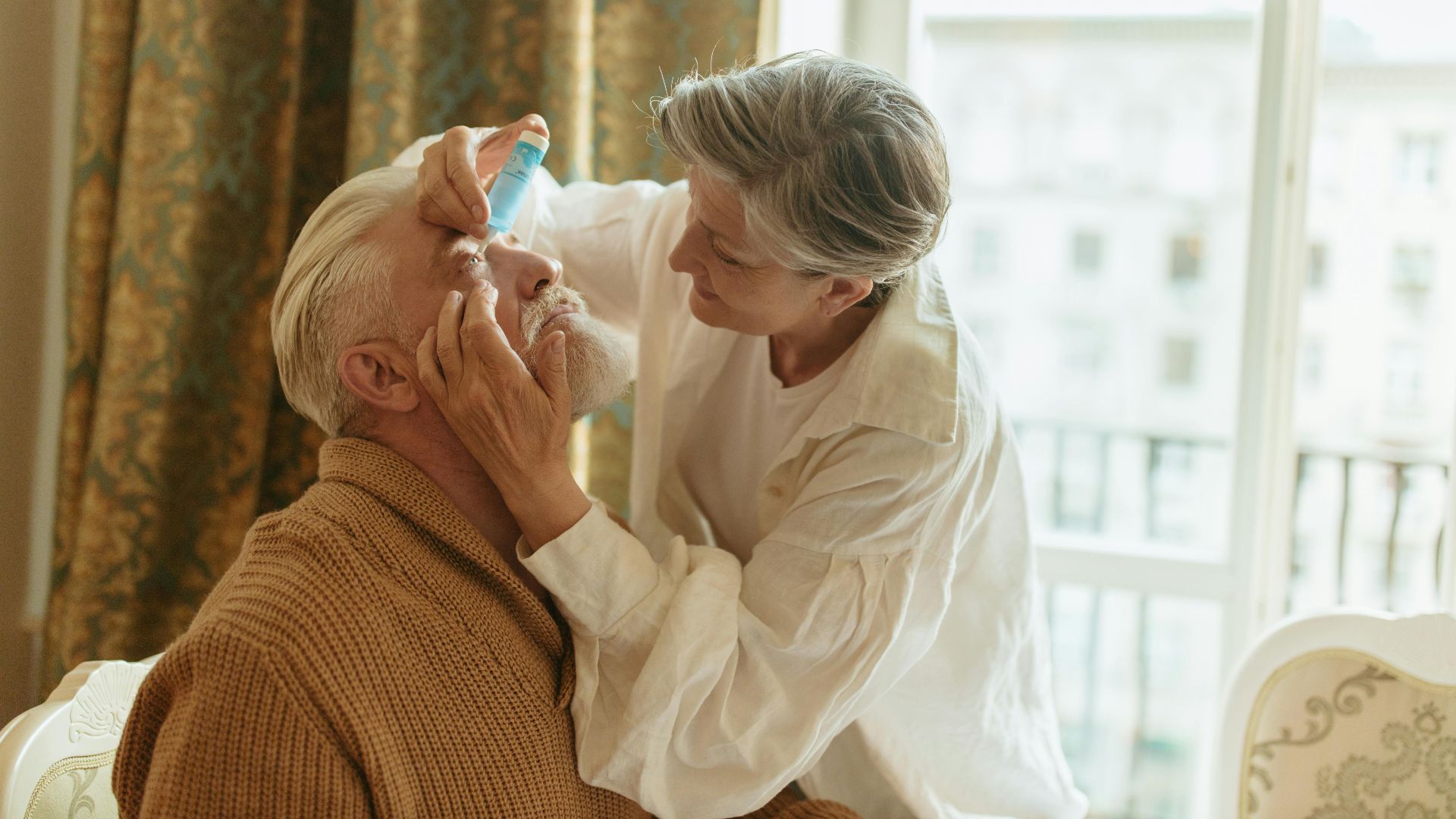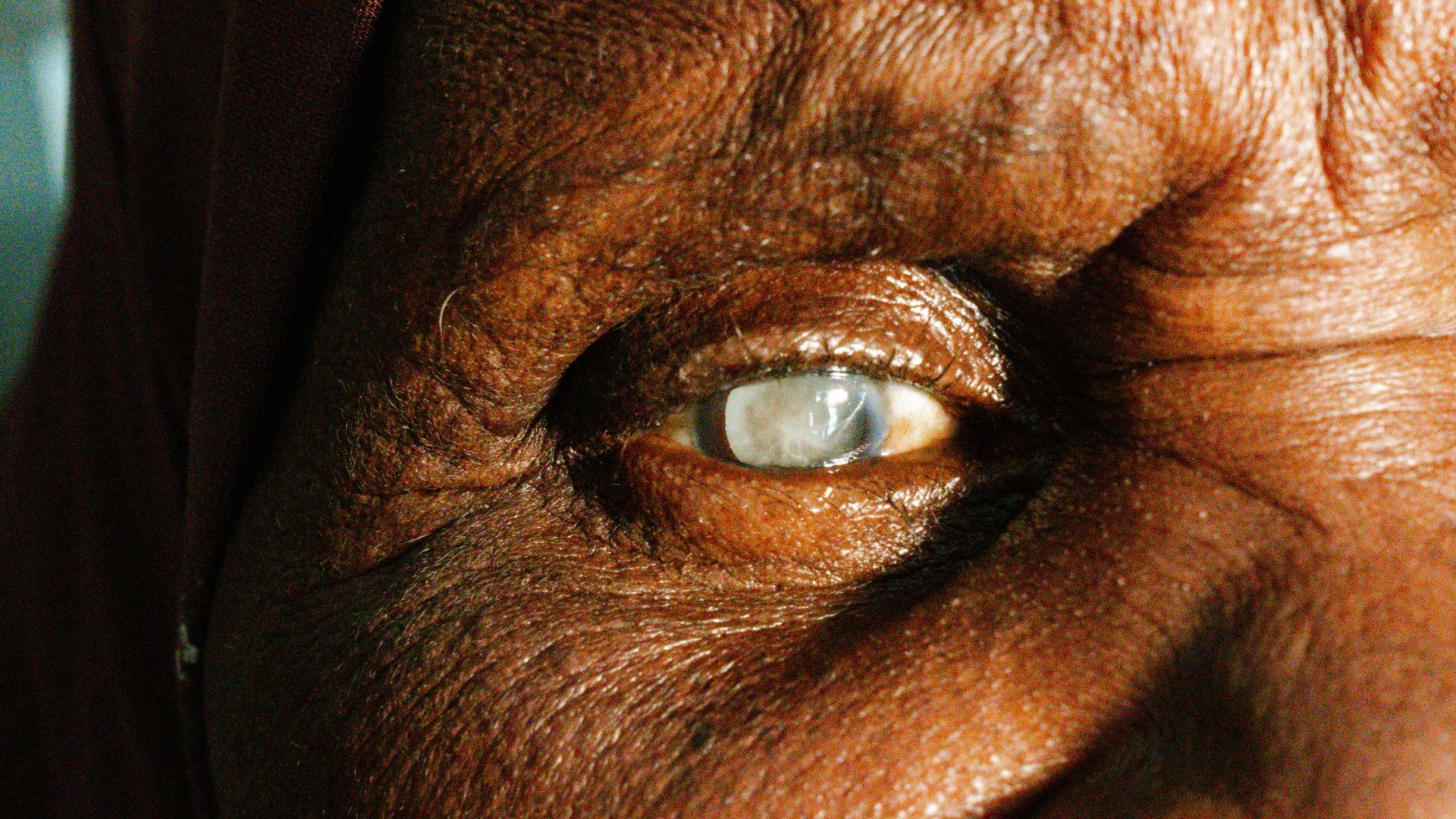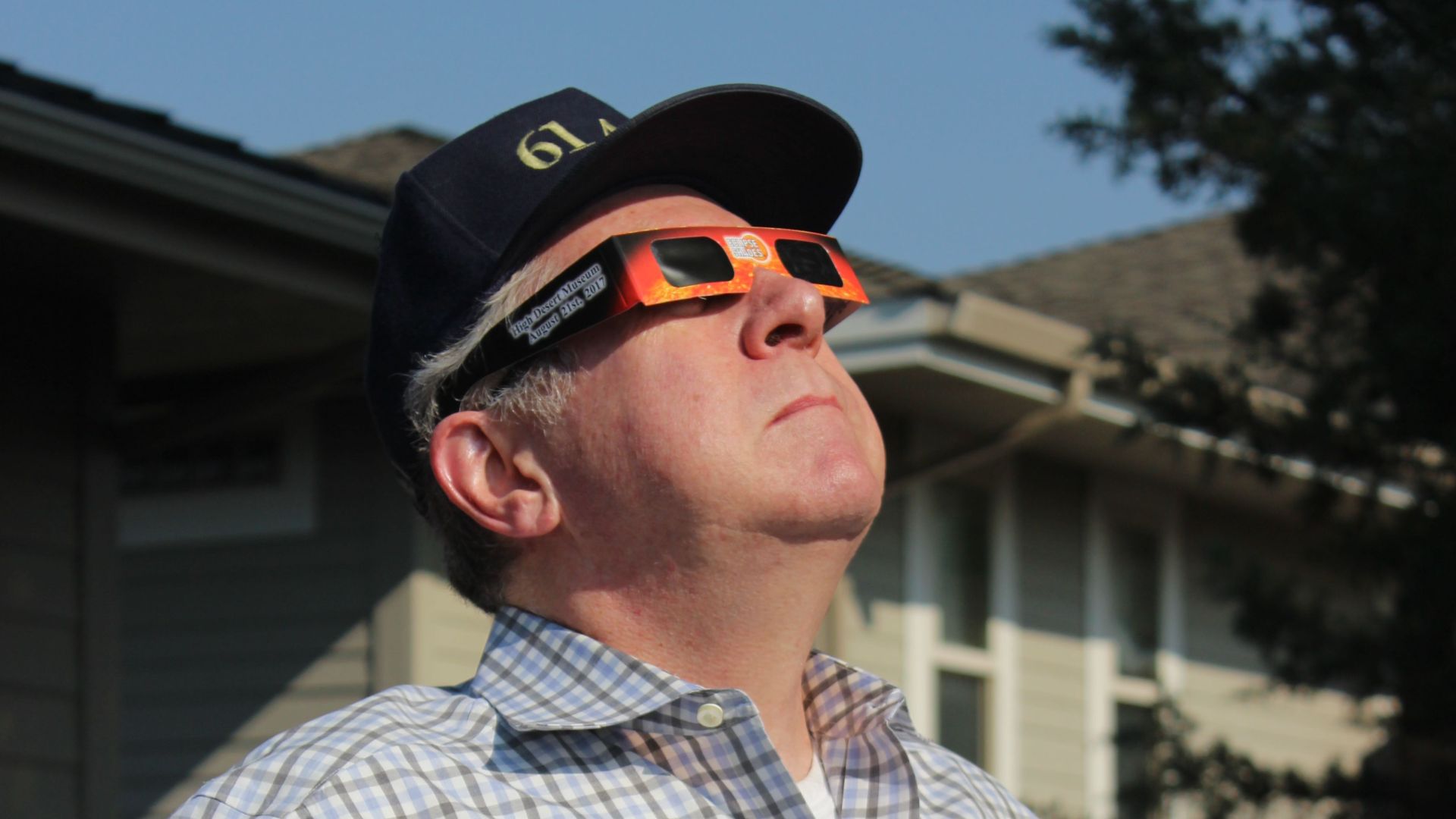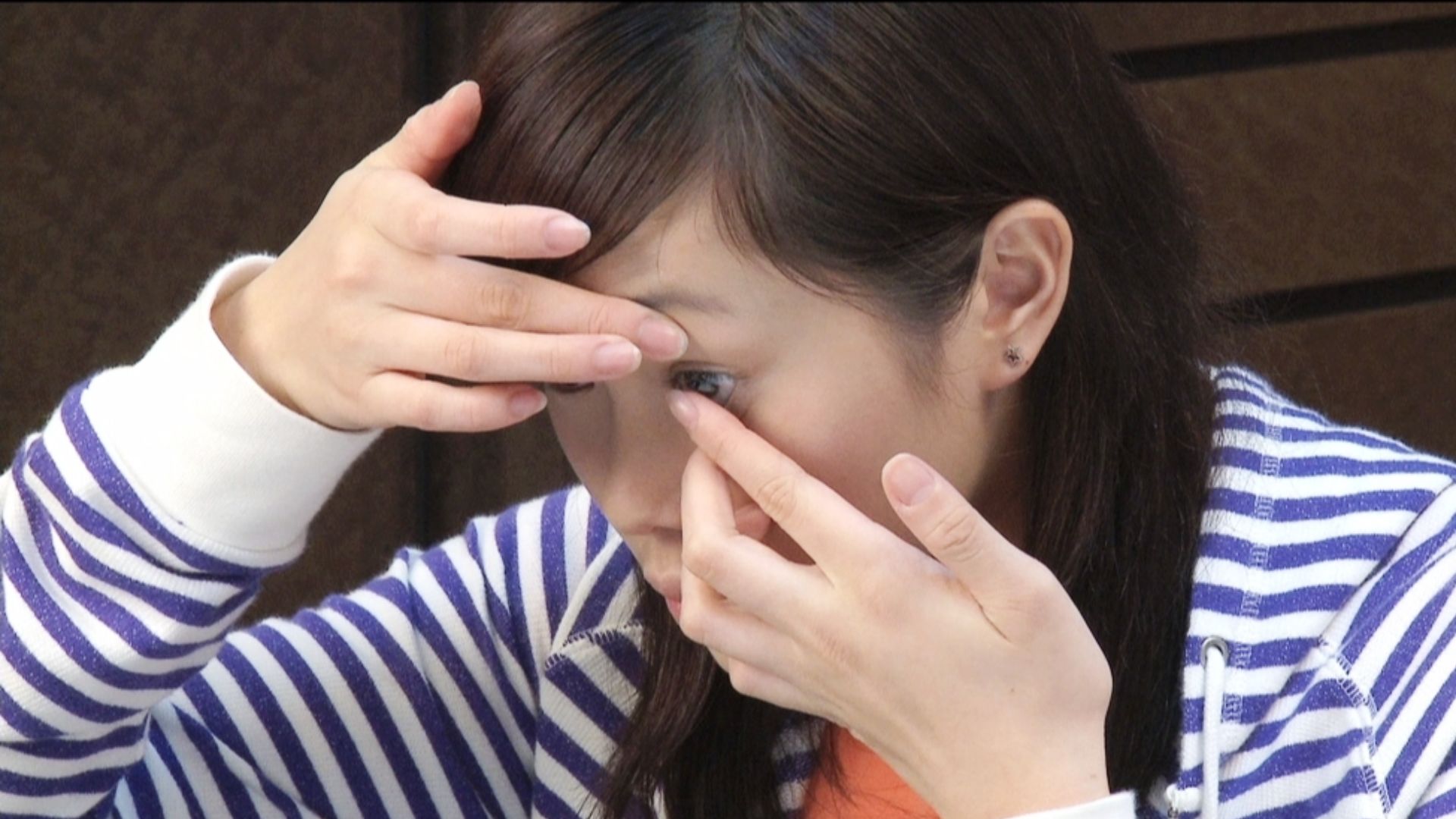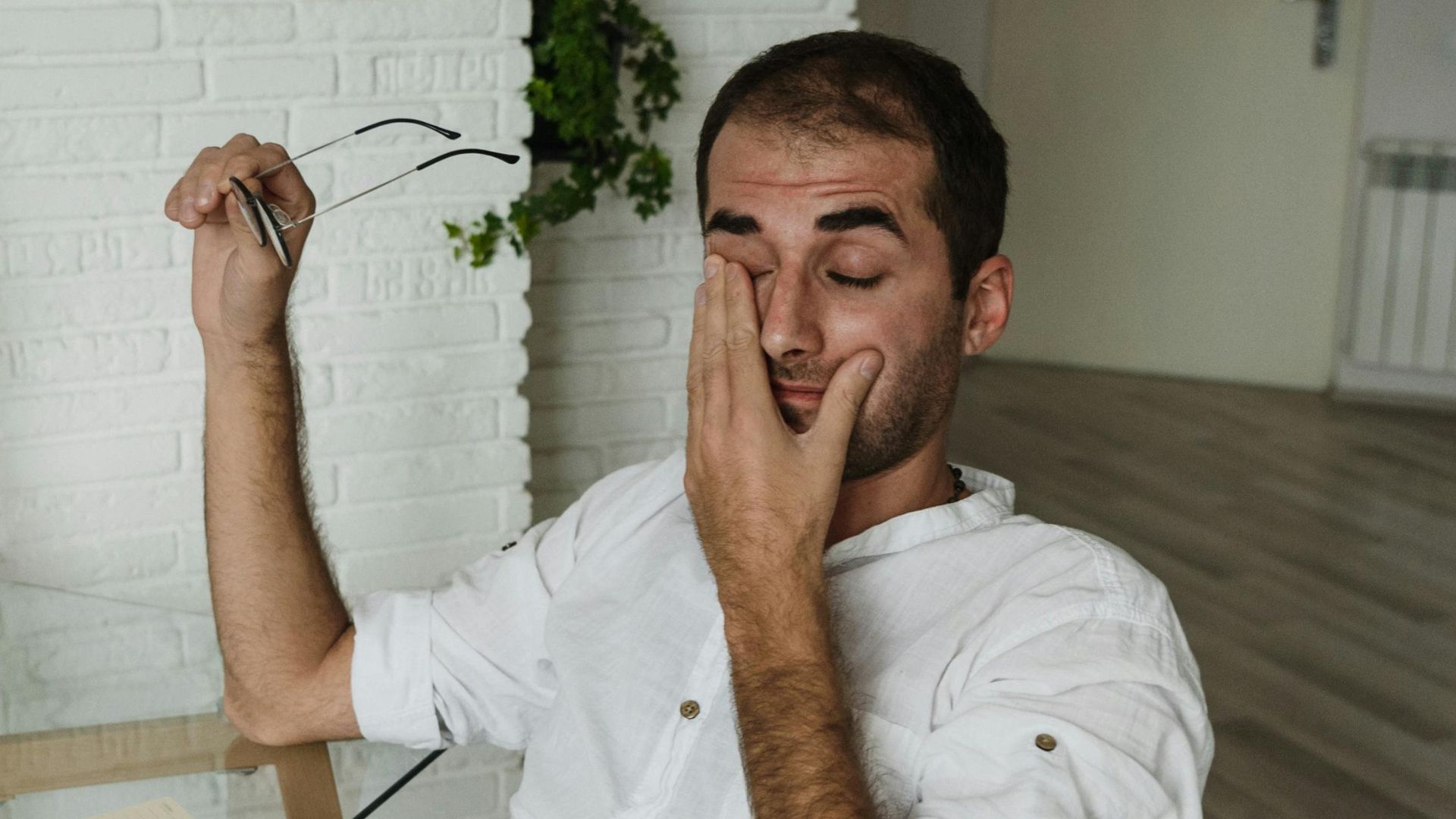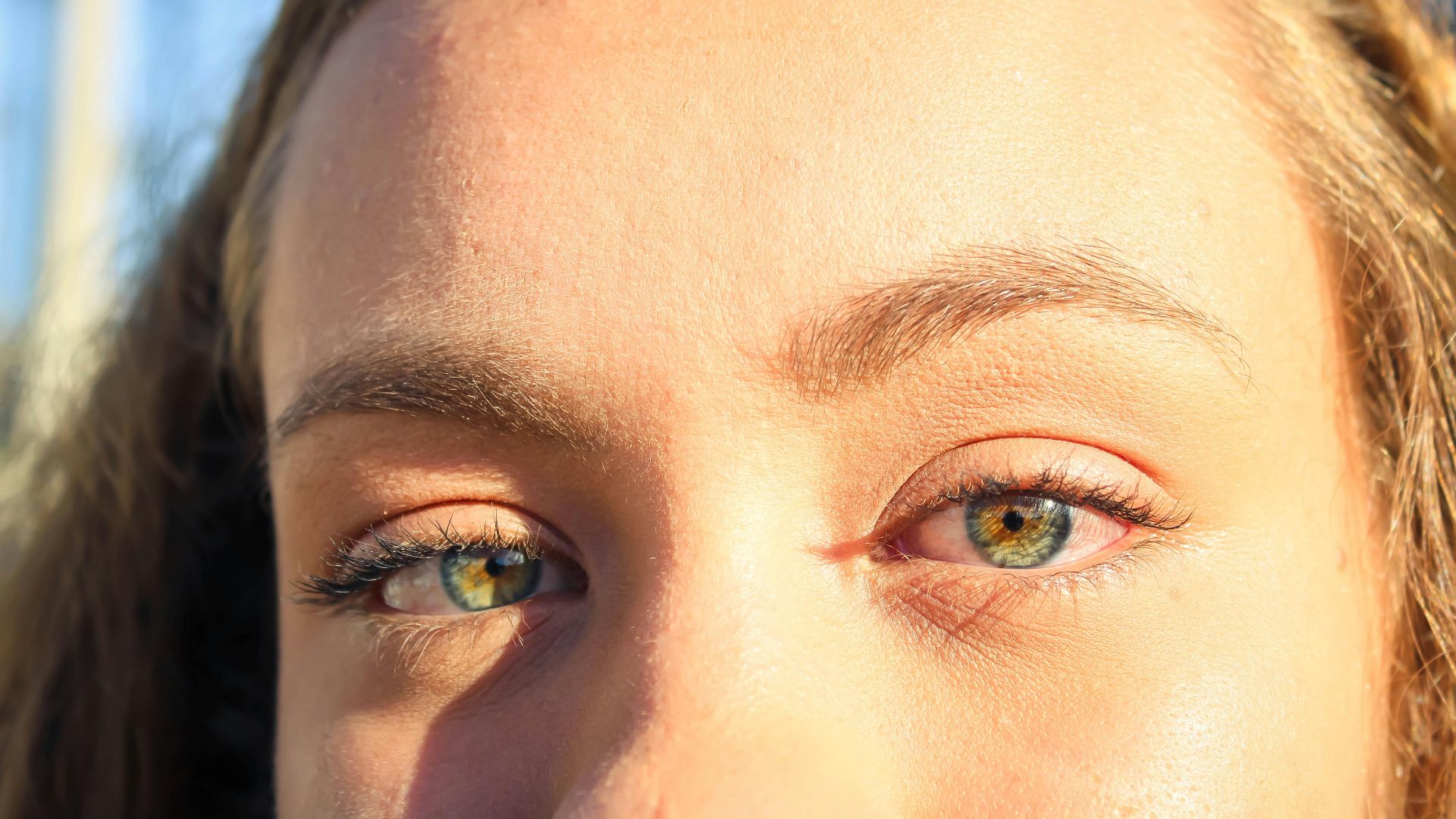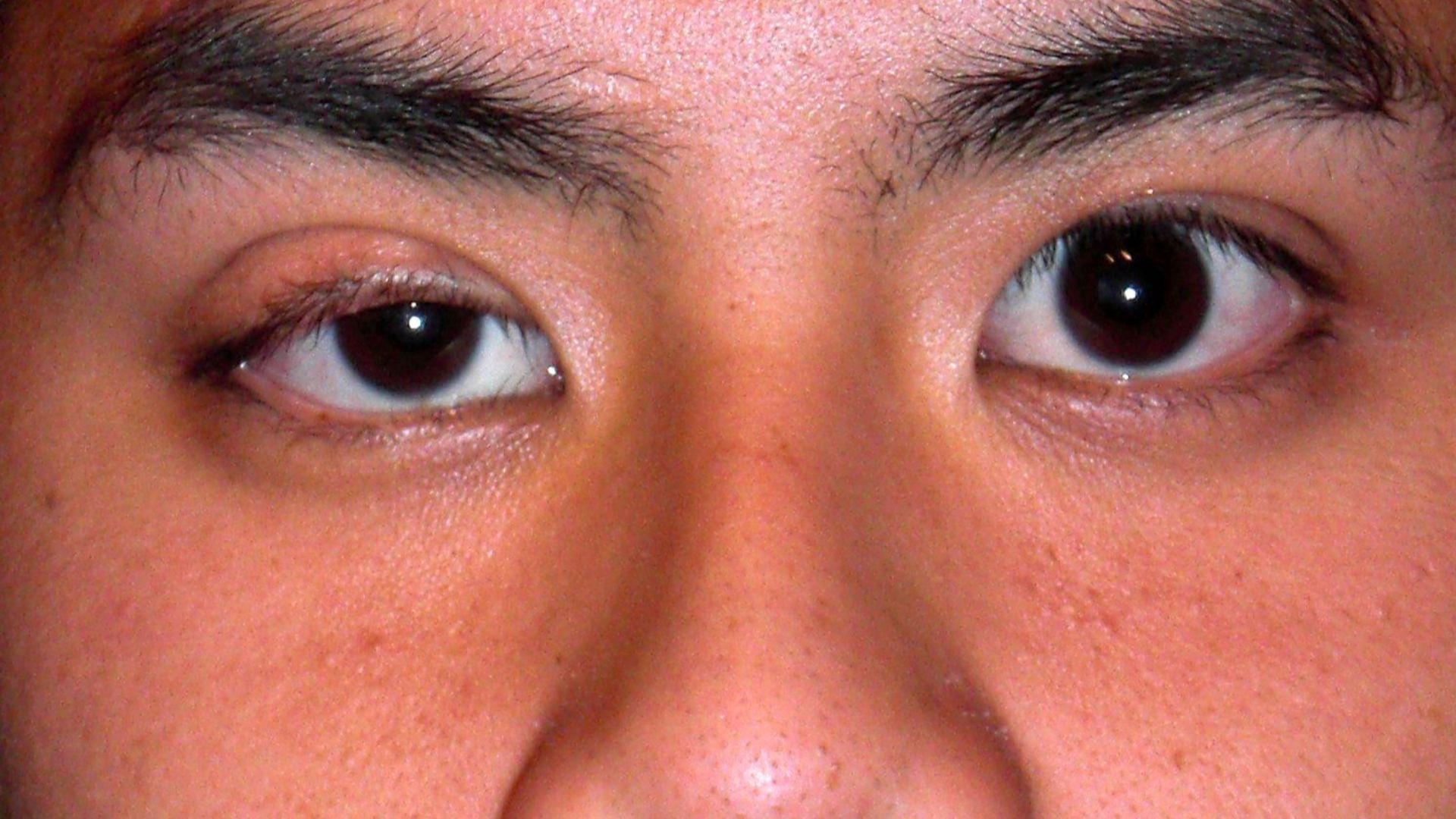What Your Eyes Wish You Knew
Plenty of things you’ve heard about vision came from half-remembered advice that's spread like wildfire over the years. Some sound harmless, yet they can leave people confused about how their eyes truly work. Learning the truth can make caring for your vision easier and far less stressful. Once you separate outdated claims from reality, everything starts to make sense. So, let’s walk through some of the biggest myths that need a proper update.
1. Watching The TV Too Closely Damages Your Eyes
People still repeat this old warning, even though modern screens work safely at close range. Sitting near a TV only creates temporary strain that fades quickly. Kids often lean in since their eyes focus easily at short distances. Earlier television designs encouraged this uncomfortable myth.
2. Carrots Give You Perfect Night Vision
Carrots help your eyes stay healthy, yet they stop short of giving any special night powers. The rumor grew during WWII when officials used it to cover radar technology. People accepted it easily since carrots stayed available through the strict food rules during that period.
3. Wearing Glasses Weakens Your Eyes Over Time
Glasses work like a helpful tool, giving you clearer vision without changing how your eyes function. When you take them off, everything feels softer, which creates the illusion of weaker sight. That tired feeling comes from strain rather than real vision changes.
4. Reading In Dim Light Ruins Eyesight
Dim light often gets blamed for long-term trouble. It only creates a bit of tiredness, and many people stay comfortable reading this way for years. The belief likely started because long reading sessions naturally create a sense of fatigue.
5. Using Eye Drops Daily Prevents All Eye Problems
Daily drops seem comforting, though healthy eyes usually handle life without them. Some drops suit specific issues rather than everyday use. Heavy use brings irritation and hides symptoms that need proper attention.
6. Blue Light From Screens Permanently Blinds You
Screens create only mild strain. The real issue comes from tired eyes or disrupted sleep. Sunlight actually produces stronger blue light daily. The myth grew as devices became common, giving screens more blame than they deserved.
7. Crossing Your Eyes Make Them Stay That Way
Kids love crossing their eyes for fun, and parents respond with this familiar warning. The position shifts back naturally each time. Permanent crossing comes from medical conditions like strabismus rather than playful movements.
8. LASIK Is 100% Risk-Free And Permanent
LASIK improves vision for many people, though the results can change slowly over time. Some experience dryness or slight adjustments afterward. The procedure began in the 1990s and continues to evolve. Most patients feel satisfied, even though glasses still reappear for certain tasks later.
9. You Can’t Get Cataracts Before Age 60
Cataracts can form long before age 60. Factors like family history, trauma, illnesses, or certain treatments can trigger them early, even in kids. The misconception exists mainly because the condition is more common among older adults.
10. Staring At An Eclipse Only Hurts If You Feel Pain
Eclipses look exciting, though they require protective glasses every time. The sun’s rays stay strong enough to affect the retina even without any pain. Solar retinopathy forms quietly, which explains this misunderstanding. Safe viewing tools keep your eyes comfortable through the entire event.
11. Eye Exercises Can Eliminate The Need For Glasses
Some routines help with coordination, yet they stop short of changing refractive errors. People try them, hoping for clearer sight without lenses. But glasses remain essential when nearsightedness or farsightedness shape daily challenges.
12. Contacts Can Get Lost Behind Your Eye
A thin membrane blocks contacts from slipping behind your eye, even during frantic moments. When a lens feels missing, it usually folds or hides under the lid. People often mistake that odd sensation for something serious.
13. Pink Eye Is Only Spread By Touching
Pink eye spreads through touch, though it also travels through droplets and shared surfaces. Schools and daycare centers experience clusters because kids move constantly between activities. Hand hygiene helps, yet it works alongside other precautions to limit the reach of this common infection.
14. UV Damage Only Happens On Sunny Days
UV rays stay active through clouds, fog, and winter air. Snow, water, and sand can even bounce them upward, giving your eyes more exposure. Over time, this leads to issues like cataracts. Year-round sunglasses help protect your eyes from daily UV buildup.
15. Babies Are Born Colorblind And Develop It Later
Newborns start life with gentle color awareness, especially reds, and their vision sharpens through the first months. Adults often misunderstand early fuzziness and limited contrast. As the brain and eyes mature, babies pick up richer colors.
16. Vision Naturally Stabilizes At Age 40
Turning forty brings new routines, yet vision continues to shift afterward. Presbyopia—age‑related farsightedness—often starts around this stage, leading many toward reading glasses. People assumed changes stop because the pace slows a little.
17. Eye Floaters Always Mean A Serious Retinal Problem
Floaters drift through your vision as tiny clumps inside the gel of the eye. They increase with age and usually stay harmless. A sudden burst or flashing lights signals a bigger concern. Bright skies or white screens make floaters stand out more clearly.
18. Myopia Is Contagious Between Friends
Nearsightedness isn’t contagious. The myth exists because friends often have similar routines. Genetics and indoor activities—like long reading sessions—play a bigger role. Regular outdoor time helps slow myopia, making it clear that shared habits, not friendship itself, cause the pattern.
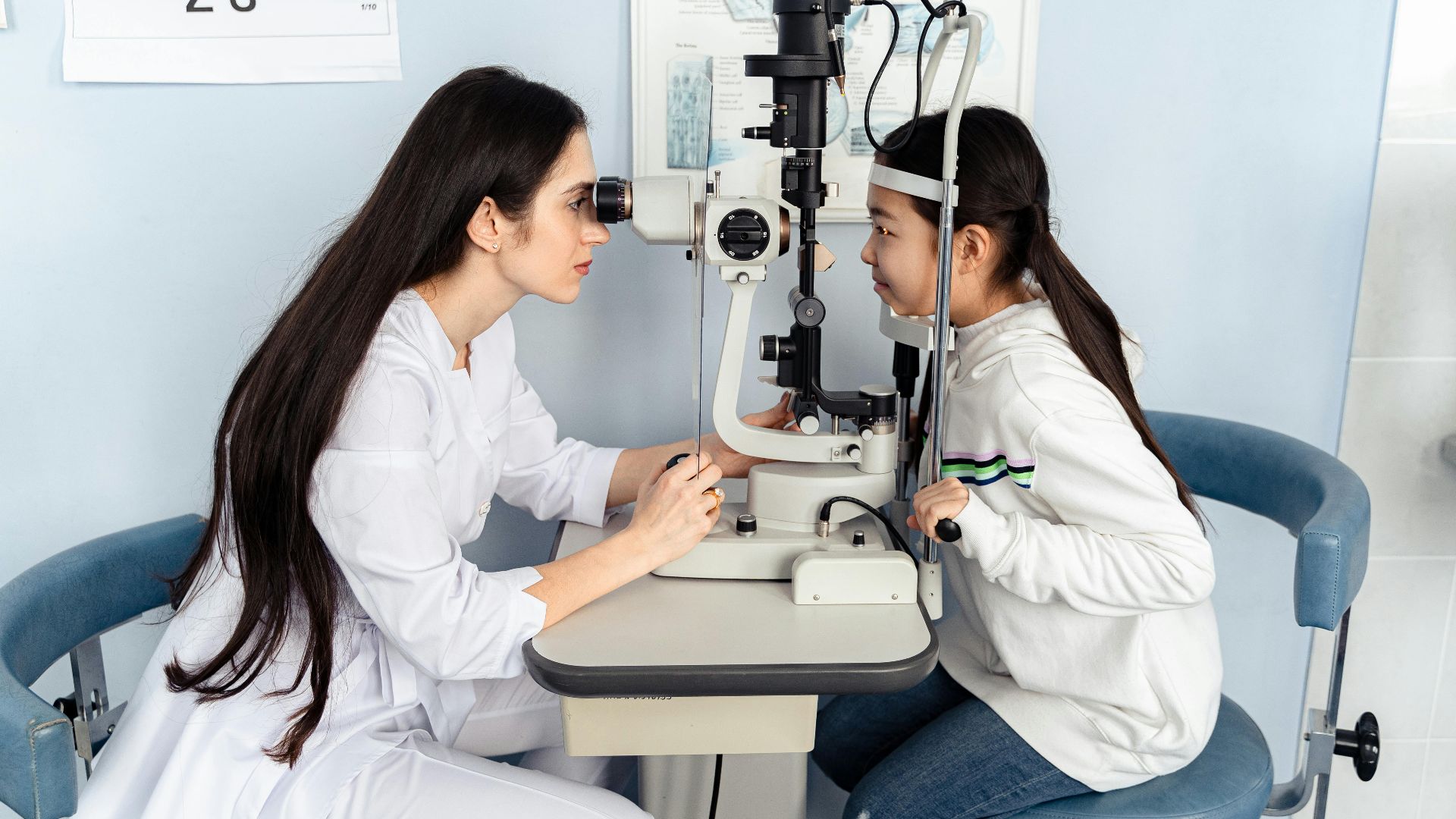 Antoni Shkraba Studio on Pexels
Antoni Shkraba Studio on Pexels
19. Droopy Eyelids Are Just Cosmetic And Harmless
Droopy eyelids aren’t always a simple cosmetic issue. In some cases, ptosis can limit vision and may require medical care. It can appear in both children and adults, which is why the old belief that it’s “just aging and harmless” doesn’t hold up.
20. Glaucoma Only Affects People With High Eye Pressure
Some people have high pressure without optic nerve damage, while others experience glaucoma with normal levels. The condition works as a group of diseases rather than a single pattern. Routine eye checks help catch early changes before vision shifts in noticeable ways.



